8 Health Benefits Of Falafel: Recipe, Side Effects, And More
Check your facts again before adding this deep-fried vegan snack to your regular diet.
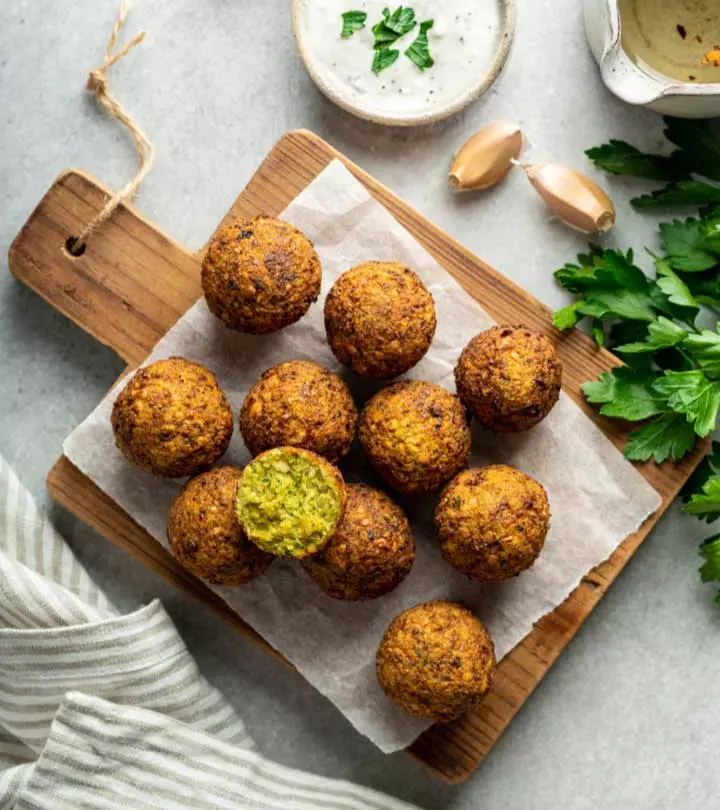
Image: Shutterstock
Falafel is a deep-dried food made of mashed chickpeas. This traditional Middle Eastern snack is rich in fiber and a wide variety of vitamins and minerals essential for your health. The benefits of falafel can be attributed to its rich nutrients. It can be eaten alone or served with salads, veggies, or pickles. This gluten-free snack is popular among vegans and vegetarians. This article explores falafel nutrition profile, its health benefits, and some recipes. Keep reading.
 Know Your Ingredient: Falafel
Know Your Ingredient: FalafelWhat Is It?
A type of deep-fried snack made from mashed chickpeas belonging to Middle-Eastern cuisine.
What Are Its Benefits?
A rich source of proteins and vitamins, it may help weight management, and prevent heart diseases and anemia.
Who Can Consume It?
Anyone can consume it if they are not allergic to chickpeas.
How Often?
It can be eaten daily but in moderation.
Caution
It may cause indigestion and bloating in some people.
What Is Falafel?

Melissa Mitri, MS, RD, says, “Falafel is a deep-fried ball or patty-shaped fritter made of mashed chickpeas. It is a popular Middle Eastern dish.”
It is prepared with dried ground chickpeas or fava beans or a mix of both. The legumes are soaked in water, crushed, kneaded, seasoned, and then fried in hot oil. Traditional recipes also contain ingredients like onion, garlic, parsley, paprika, and sesame seeds. Sometimes, baking soda is added to make the batter airier (1).
 Trivia
TriviaMitri adds, “Overall, falafel is a healthy vegetarian food. It is primarily made of chickpeas, fava beans, or a combination of the two. These beans are high in protein, soluble fiber, and complex carbs to provide energy and enhance satiety.” The next section gives a proper breakdown of the nutrients in falafel. Scroll down.

In This Article
Falafel Nutritional Facts
A 17 g falafel patty contains (2):
| Calories | 56.6 kcal |
Proteins | 2.26 g |
Carbohydrates | 5.41 g |
Total lipids (Fat) | 3.03 g |
Calcium | 9.18 mg |
Potassium | 99.4 mg |
Magnesium | 13.9 mg |
Sodium | 50 mg |
Phosphorus | 32.6 mg |
Iron | 0.58 mg |
Rhyan Geiger, RDN, states, “Falafel contains nutrients like protein, B vitamins, iron, and fiber. Because of its protein content, it’s a popular choice among vegans and vegetarians.”
Since falafel is fried, its oil content is high, which may be a cause for concern. However, there are a few other cooking methods to minimize the oil content and make it healthier.
Geiger continues, “The health aspects of falafel may be questioned because of the preparation methods. If deep-fried in oil, they may be higher in fat and calories. Instead, choosing to bake falafel increases the nutritional benefits.” Here is the easiest and tastiest way to bake crispy falafel at home.
Key Takeaways
- Falafel is a traditional Middle Eastern deep-dried vegan snack made from mashed chickpeas.
- It is a good source of proteins, B vitamins, iron, and dietary fiber.
- Baked falafel may prove to be a healthier option with host f benefits such as promoting gut and heart health.
How To Make Healthy Falafel

What You Need
- 1 can of chickpeas (drained and rinsed)
- ½ cup of white onion (finely diced)
- 1 cup of fresh parsley
- 1 cup of fresh cilantro
- ¼ teaspoon of black pepper (freshly ground)
- 1 teaspoon of garlic powder
- 1 teaspoon of coriander
- 2 teaspoons of cumin
- 2 teaspoons of baking powder
- 2 tablespoons of ground flaxseed
- 1 tablespoon of vegetable oil
- 1 teaspoon of salt or as needed
How To Prepare
- Preheat the oven to 400°F.
- Coarsely blend chickpeas, onions, parsley, and cilantro in a mixer.
- Add salt, pepper, garlic powder, coriander, cumin, baking powder, and flaxseed. Blend until smooth.
- Grease a large baking sheet.
- Roll the falafel mixture into balls and place them evenly on a baking sheet. Flatten each ball into a disc (or any shape you want).
- Bake for 20 minutes. Flip the patties and bake for 10-15 minutes or until golden brown.
- Serve with pita bread or salad.
This is one of the healthiest ways to prepare falafel at home. This can be had as a falafel wrap or a falafel sandwich. Other than the cooking method, the ingredients, especially chickpeas, in falafel make it quite healthy.
Alison, a blogger, who was experimenting with different protein sources, made falafels with lentils instead of chickpeas. Sharing her experience, she wrote, “I, personally, preferred the chickpea version of the falafel because they were chewier and softer, but my husband liked the lentil version. The lentils made a heartier bite, but it was very dense and dry (i).”
 Fun Fact
Fun FactIts ingredients have been vouched for, as a snack is falafel healthy? Read on to know its health benefits!
Health Benefits Of Falafel

1. Rich In Proteins
Chickpea-based falafels are a good source of protein, and the body readily absorbs chickpea proteins than proteins from other beans.
They can be a good substitute for non-vegetarian protein. Also, chickpeas contain dietary fiber, folate, beta-carotene, and other healthy fatty acids (3).
2. May Help Control Weight
Legumes like chickpeas and fava beans are considered low-GI foods (a glycemic index of 55 or less). A study showed that falafel, served with pita bread, pickle, salad, and tahini sauce, had an average GI of 33. A diet comprising nutrient-balanced low GI foods promotes greater weight loss and is crucial for preventing several associated metabolic syndromesi A group of health conditions, such as high blood sugar, abdominal fat and high cholesterol that may lead to severe heart diseases. (4), (5), (6).
3. May Promote Heart Health
Chickpeas are widely used in the Mediterranean diet. It has been observed that chickpeas benefit heart health greatly. A study showed that chickpea supplementation could reduce the total serum cholesterol levels and low-density lipoprotein cholesterol (LDL-C), two biomarkers of cardiovascular diseases. Legume-rich diets also help lower systolic blood pressurei Measures the amount of pressure in the arteries during the beating of the heart. It is used to measure the blood pressure of an individual. and may help reduce the risk of cardiovascular conditions (7).
4. Good Source Of Vitamins
Chickpeas contain important vitamins, such as riboflavin, niacin, thiamin, folate, and beta-carotene, a precursor of vitamin A. They also contain tocopherols, vitamin B complex, and folic acid. A study evaluated authentic falafel obtained from Israel and found that it contained 0.30 mg of thiamin (vitamin B1) per 100 grams. In other words, about five falafels can cover 40% of your daily recommended thiamin intake (8), (9), (10).
5. May Prevent Anemia
Chickpeas are rich in vitamin B12 and folate, two crucial nutrients required for making red blood cells (erythropoiesis). A low red blood cell count may cause anemiai A common condition in which the body lacks red blood cells, i.e., low hemoglobin, and causes fatigue and frequent dizziness. , leading to circulation issues in the body (3), (11). While falafels are not proven to prevent anemiai A common condition in which the body lacks red blood cells, i.e., low hemoglobin, and causes fatigue and frequent dizziness. , consuming chickpea-based falafels may help maintain the folate and vitamin B12 levels in your body.
6. Is Gluten-Free
Traditional falafel is made with chickpea flour or fava beans, or both. These legumes are gluten-free and rich in dietary fiber. Falafel can be a healthy addition to a gluten-free diet to cover up the deficiency of other nutrients (especially fiber). It is also good for people with celiac disease (a digestive disorder triggered by gluten) (12), (13).
7. May Improve Bowel Movement
The dietary fiber in chickpeas helps smoothen bowel movement, increases the frequency of defecation, and softens the stool composition to prevent constipation (7).
8. May Prevent Diabetes
Research suggests that incorporating falafel into your diet could play a role in preventing type 2 diabetes. In Lebanon, where it poses significant public health challenges, a study explored the link between dietary patterns and the odds of developing type 2 diabetes among Lebanese adults. The ‘traditional Lebanese’ dietary pattern, characterized by the consumption of traditional Lebanese dishes and, notably, falafel, showed an inverse association with the odds of type 2 diabetes (14). While more research is needed, these results hint at the preventive power of dietary choices in combating diabetes, highlighting the importance of a balanced diet that is rich in wholesome foods, such as falafel.
Falafel can meet many nutritional requirements of the body while providing substantial health benefits. Plus, the taste makes it a delicious indulgence to encourage you to keep at least one falafel dish in your weekly meal rotation. Let’s learn how you can transform falafel into something sweet or savory. Read on.
Cooking Techniques
The flavor, texture, and health benefits of falafel can all be greatly influenced by how it is prepared. The following are some common cooking techniques:
- Frying: The traditional falafel is deep-fried, which gives it a rich flavor and crispy outside. Make sure you use heart-healthy oils, such as avocado or olive oil, and watch portion sizes to reduce potential health risks.
- Baking: Since baking uses little to no oil, it is a better alternative to frying falafel. Although the texture is less crunchy, the ingredients’ flavor and nutritional value are preserved. It is a great choice for people who want to cut back on calories.
- Air Frying: With far less oil, air frying produces a crispy outside that is comparable to frying, creating a balance between texture and health. For individuals who want a lighter falafel without compromising flavor, this method is perfect.
If you want to try all the above and more, make falafel in a large batch. You can store falafel or its batter for several days or months if you follow proper storage techniques. Here are a few tips from the experts.
Storage And Food Safety

Geiger recommends, “To store falafel, place it in the refrigerator for up to 7 days or freezer for up to 6 months. There are no food safety concerns with falafel unless eaten past expiration.” However, ensure that you store the batter or falafel patties in an airtight container or ziplock bag.
The consumption of street food, including falafel, is often associated with health, safety, and regulatory issues mainly due to unhygienic methods.
Elizabeth Barnes, MS, RDN, LDN, explains, “As with any food, make sure you follow proper food handling. The CDC is a great place to find out more about food safety.”
She suggests the following food safety tips for cooking falafel:
- Wash your hands thoroughly before cooking.
- Do not eat uncooked falafel batter.
- Cook thoroughly.
Falafel is prepared using a variety of ingredients, and some may cause allergies.
Possible Side Effects And Allergies of Eating Falafel
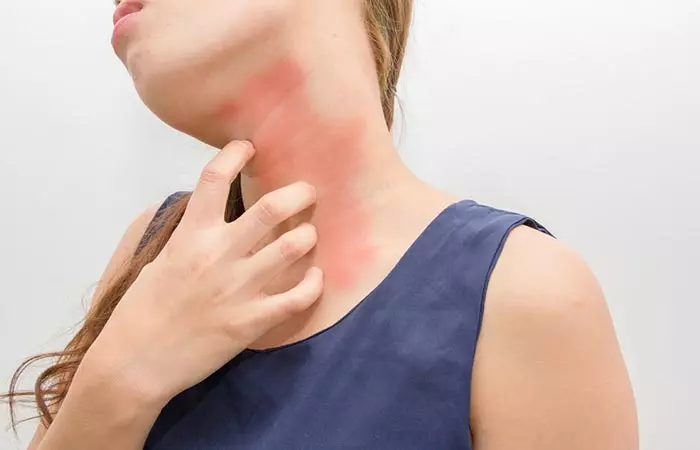
- Sesame seeds are a common allergen and often used in dips and sauces served with falafel dishes. They may cause severe allergic reactions in people allergic to them (14).
- Even chickpeas may cause allergic reactions. While there are many benefits of lentils and chickpeas, Barnes explains, “Some people, particularly those of Mediterranean or Indian ancestry or an existing allergy to another legume, may have an allergic reaction to chickpeas. Symptoms experienced may include rashes, hives, and skin redness.” Studies have also confirmed this claim as lentils, chickpeas, peas, and green beans have been described as potential allergens in Mediterranean countries and India (16).
- Another possible side effect Mitri mentions is, “Those who are sensitive to fried foods or fiber may experience bloating or indigestion.” Certain carbohydrates in chickpeas can also cause flatulence. We lack the enzymes to digest them, so they accumulate in the large intestine, resulting in a gas buildup (3).
Mitri suggests, “If you’ve never had falafel before, try a small portion first to make sure you don’t experience these side effects.”
Infographic: 5 Reasons To Add Falafel To Your Diet
Falafel is not only a delight for your tastebuds but also your health. This mouthwatering Middle Eastern treat is an excellent plant-based alternative for vegetarians and vegans and its fiber-rich ingredients can aid in digestion. Check out this infographic to learn how this tasty snack may improve your health.
Some thing wrong with infographic shortcode. please verify shortcode syntaxFalafel is a deep-dried vegan snack made from mashed chickpeas and is widely enjoyed in Middle Eastern cuisine. It is a good source of vitamins and minerals, protein, and dietary fiber that help treat many ailments. Falafel benefits your health in many ways. The intake of this gluten-free snack may help control weight, promote heart health, prevent anemiai A common condition in which the body lacks red blood cells, i.e., low hemoglobin, and causes fatigue and frequent dizziness. , and improve bowel movement. However, it may cause allergic reactions in some people who are allergic to chickpeas and sesame seeds. Hence, check the ingredients list before consuming this snack. Consult your doctor in case of emergencies.
Frequently Asked Questions
Is falafel a superfood?
Yes. Falafel is considered a superfood. In addition, the presence of various health-promoting ingredients like chickpeas and sesame seeds makes it a healthy addition to one’s diet.
Can you eat falafel every day?
Falafel is a good source of protein, fiber, and several micronutrients. But it is high in fat too. Hence, if you limit your fat intake from other foods, you can eat falafel every day.
Can falafel be eaten cold?
No. Falafel must be eaten hot and fresh.
Is falafel an appetizer?
Yes. Falafel is considered an appetizer. It can be paired with many ingredients and served as the perfect one-bite appetizer.
Is falafel from Egypt?
Yes. Falafel originated in Egypt.
Illustration: Is Falafel Healthy? Nutrition, Recipe, And Side Effects
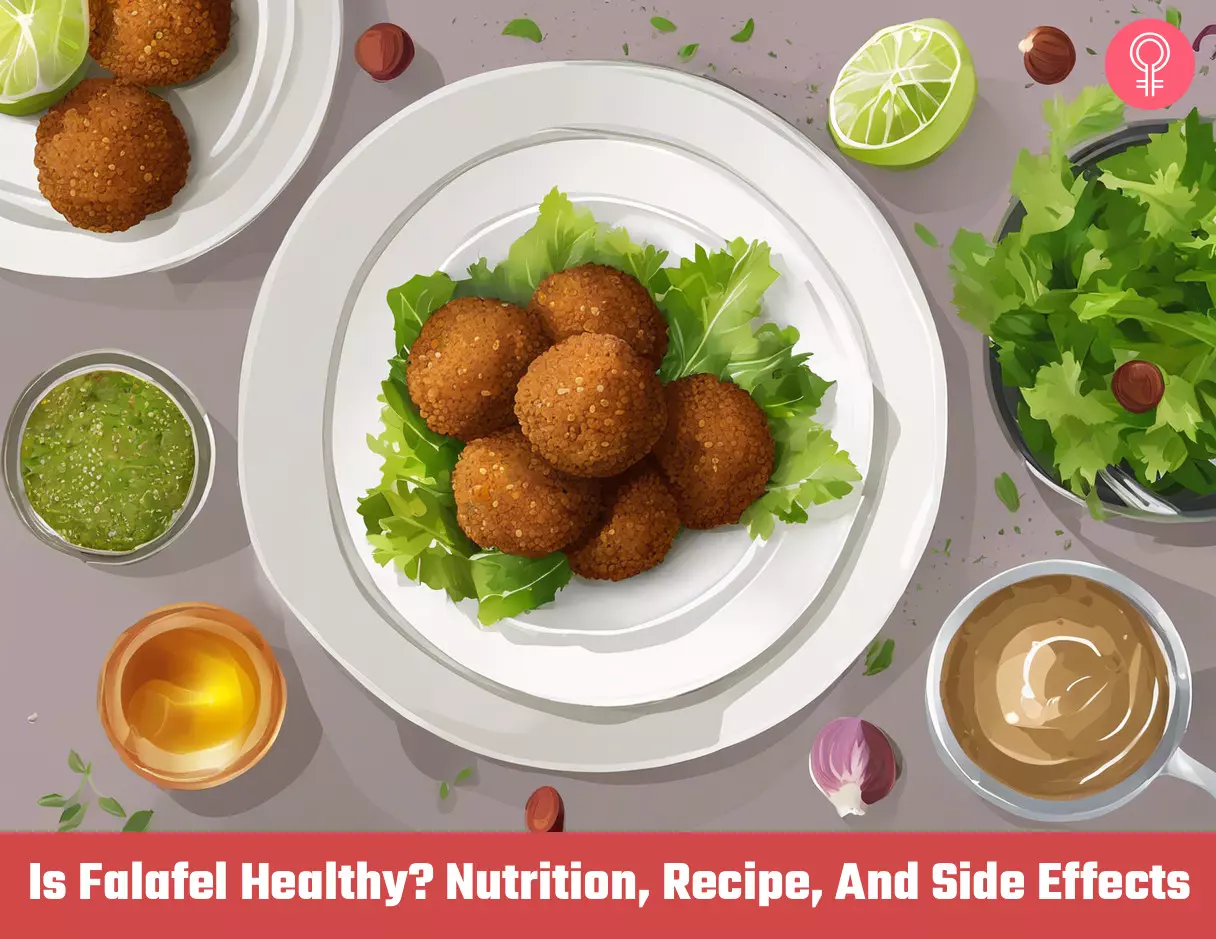
Image: Stable Diffusion/StyleCraze Design Team
Curious about the health benefits of falafels? Delve into the nutritional value and potential health perks of this popular Middle Eastern dish. Watch now and satisfy your falafel cravings!
Personal Experience: Source
StyleCraze's articles are interwoven with authentic personal narratives that provide depth and resonance to our content. Below are the sources of the personal accounts referenced in this article.
i. Falafel: Lentils or Chickpeashttps://extraletter.wordpress.com/2015/07/07/falafel-lentils-or-chickpeas/
References
Articles on StyleCraze are backed by verified information from peer-reviewed and academic research papers, reputed organizations, research institutions, and medical associations to ensure accuracy and relevance. Read our editorial policy to learn more.
- Falafel: A Meal with Full Nutrition
https://www.scirp.org/journal/paperinformation?paperid=80589 - FoodData Central
https://fdc.nal.usda.gov/fdc-app.html#/food-details/172455/nutrients - Achievements and challenges in improving nutritional quality of chickpea
https://oar.icrisat.org/9241/ - Glycemic index and obesity
https://academic.oup.com/ajcn/article/76/1/281S/4689499?login=true - International Tables of Glycemic Index and Glycemic Load Values: 2008
https://care.diabetesjournals.org/content/31/12/2281 - Consumption of Traditional Saudi Foods and Their Estimated Glycaemic Index and Glycaemic Load
https://scialert.net/fulltext/?doi=pjn.2018.518.523 - The Nutritional Value and Health Benefits of Chickpeas and Hummus
https://www.mdpi.com/2072-6643/8/12/766 - Nutritional quality and health benefits of chickpea (Cicer arietinum L.): a review
https://www.cambridge.org/core/journals/british-journal-of-nutrition/article/nutritional-quality-and-health-benefits-of-chickpea-cicer-arietinum-la-review/BCD8920297E987AAABBC12BFF90EB0CF - Daily Value on the New Nutrition and Supplement Facts Labels
https://www.fda.gov/food/new-nutrition-facts-label/daily-value-new-nutrition-and-supplement-facts-labels - Vitamin composition of ethnic foods commonly consumed in Europe.
https://www.tandfonline.com/doi/full/10.3402/fnr.v56i0.5639 - NEW INSIGHTS INTO ERYTHROPOIESIS: The Roles of Folate Vitamin B12 and Iron
https://www.annualreviews.org/content/journals/10.1146/annurev.nutr.24.012003.132306 - Complimenting gluten free bakery products with dietary fiber: Opportunities and constraints
https://www.sciencedirect.com/science/article/abs/pii/S0924224417305964 - Celiac disease: Overview and considerations for development of gluten-free foods
https://www.sciencedirect.com/science/article/pii/S2213453016300325 - Dietary patterns and odds of Type 2 diabetes in Beirut Lebanon: a case–control study
https://www.ncbi.nlm.nih.gov/pmc/articles/PMC3565896/ - Falafel burger anaphylaxis due to sesame seed allergy
https://pubmed.ncbi.nlm.nih.gov/8346864/ - Allergy to Peanut Soybean and Other Legumes: Recent Advances in Allergen Characterization Stability to Processing and IgE Cross-Reactivity
https://onlinelibrary.wiley.com/doi/abs/10.1002/mnfr.201700446
Read full bio of Mayuri Aavula
Read full bio of Payal Karnik
Read full bio of Ravi Teja Tadimalla
Read full bio of Himanshi Mahajan





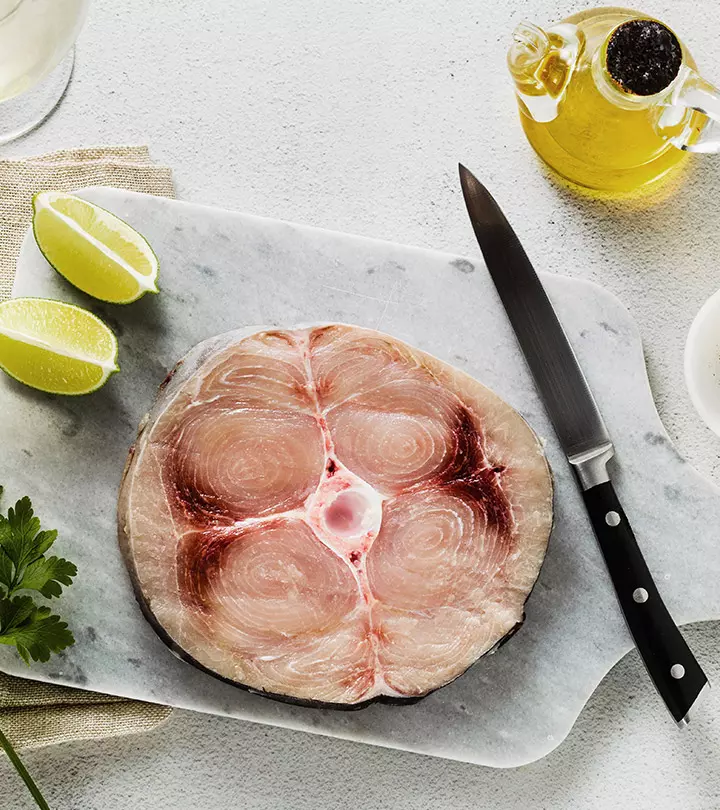
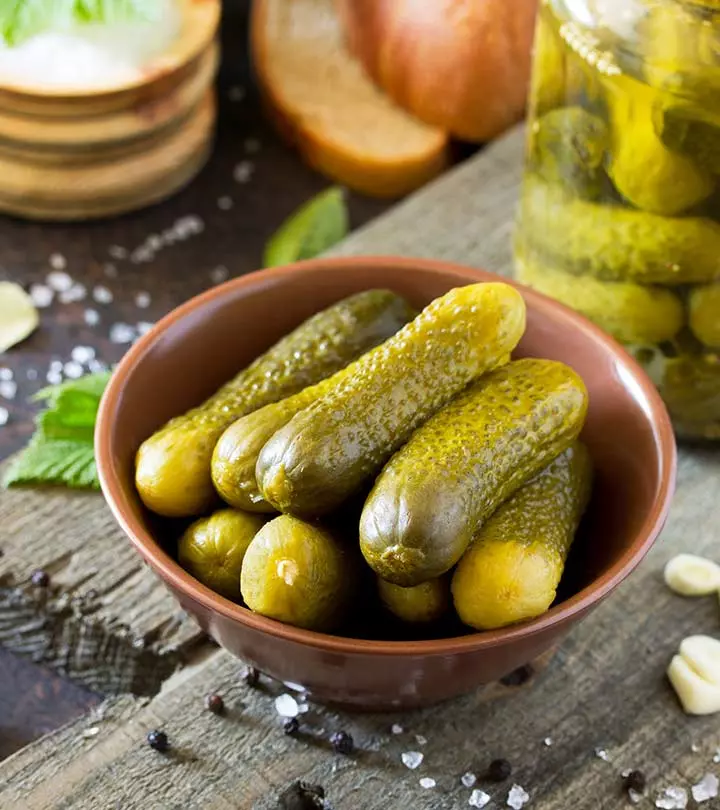
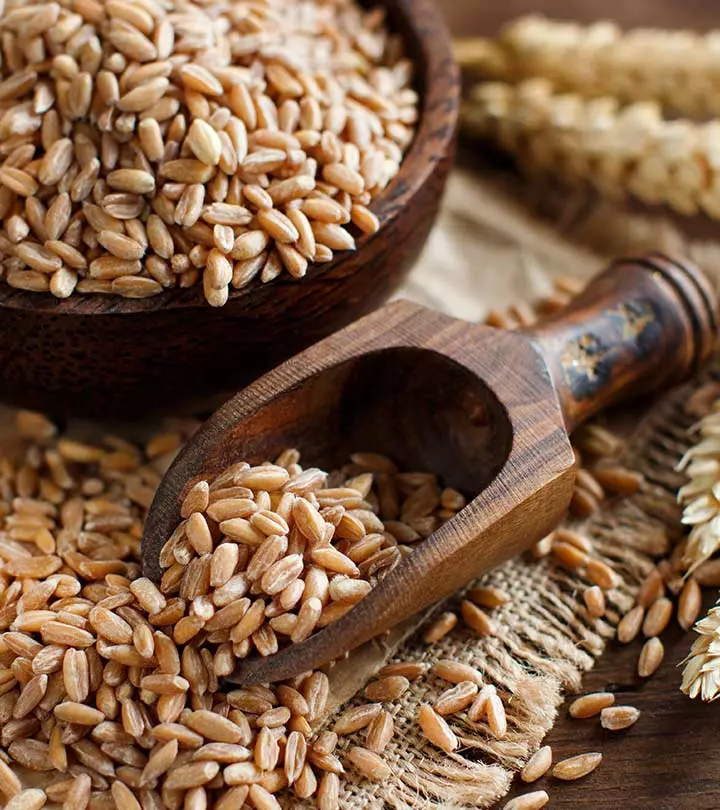
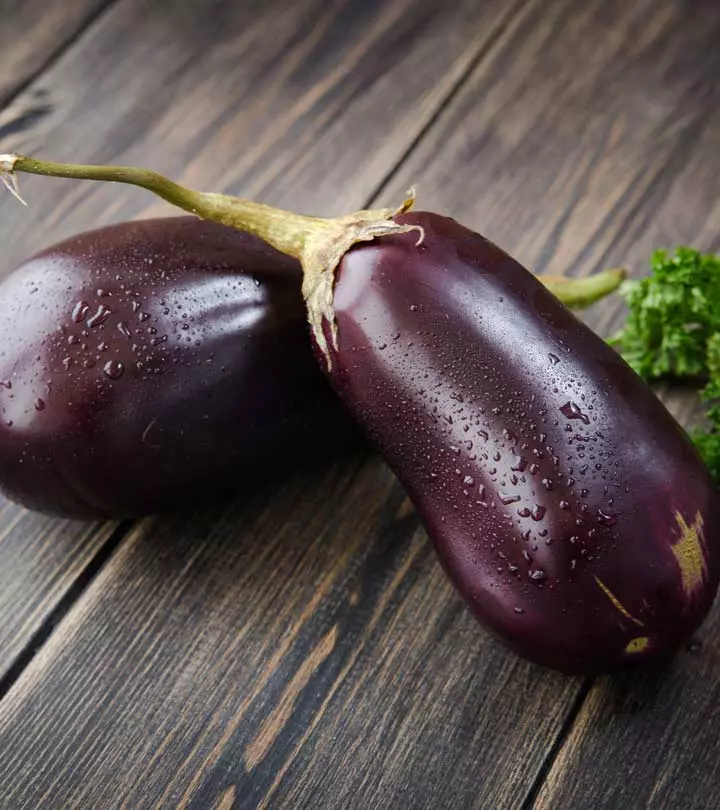

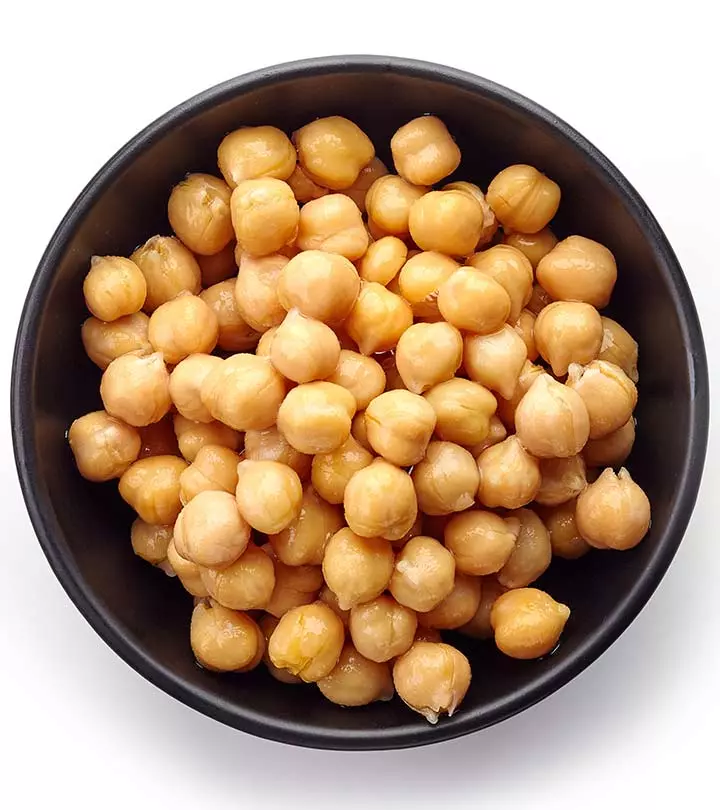
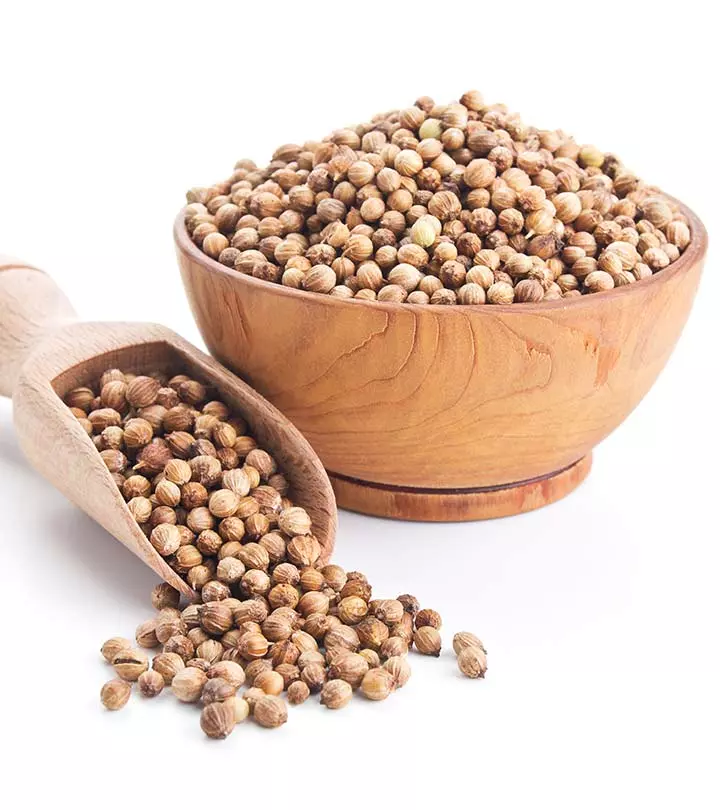
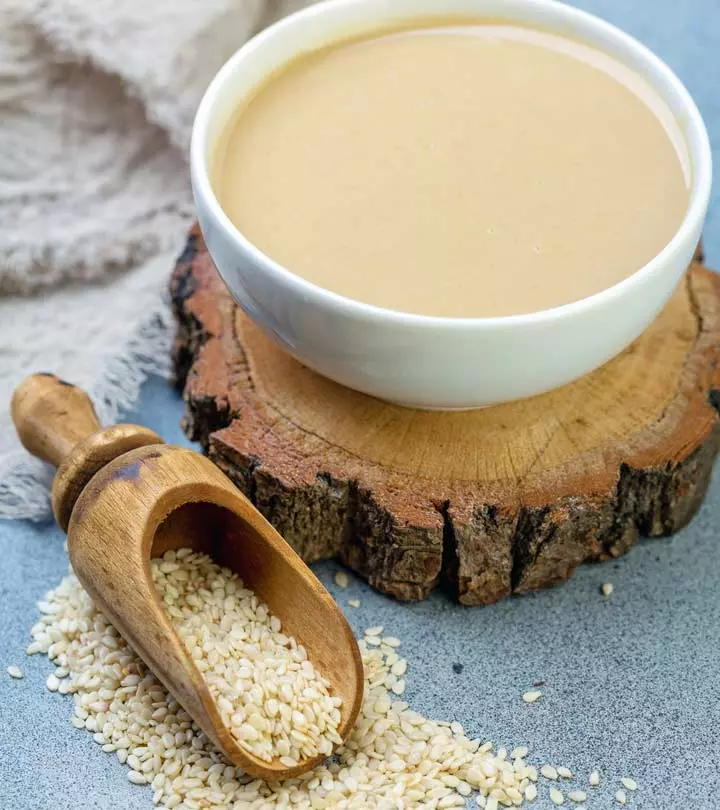
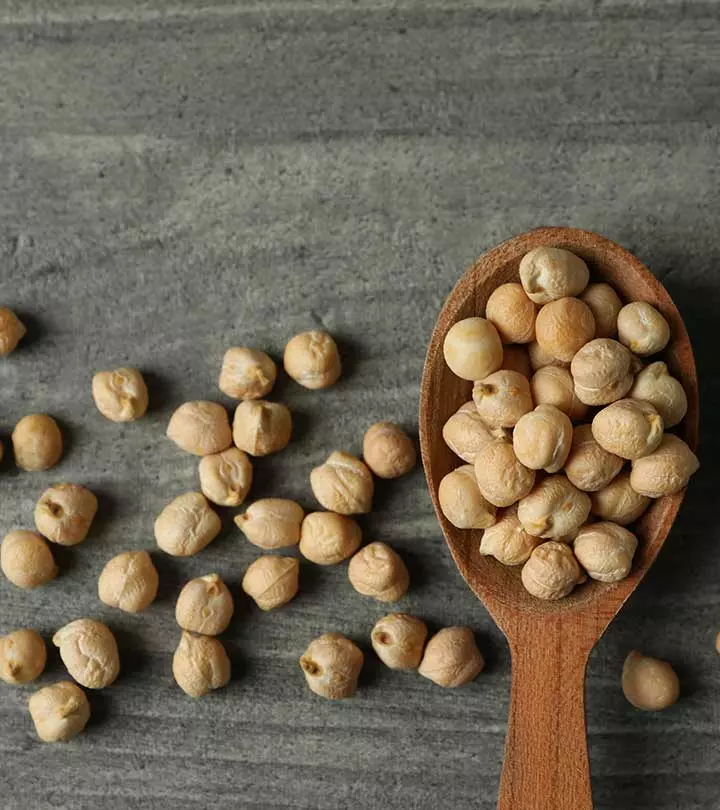
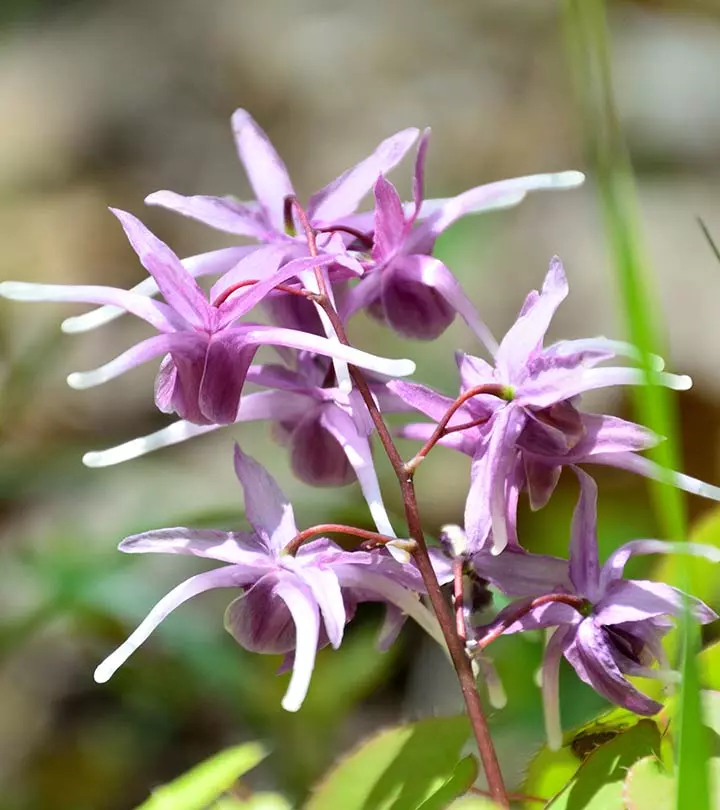

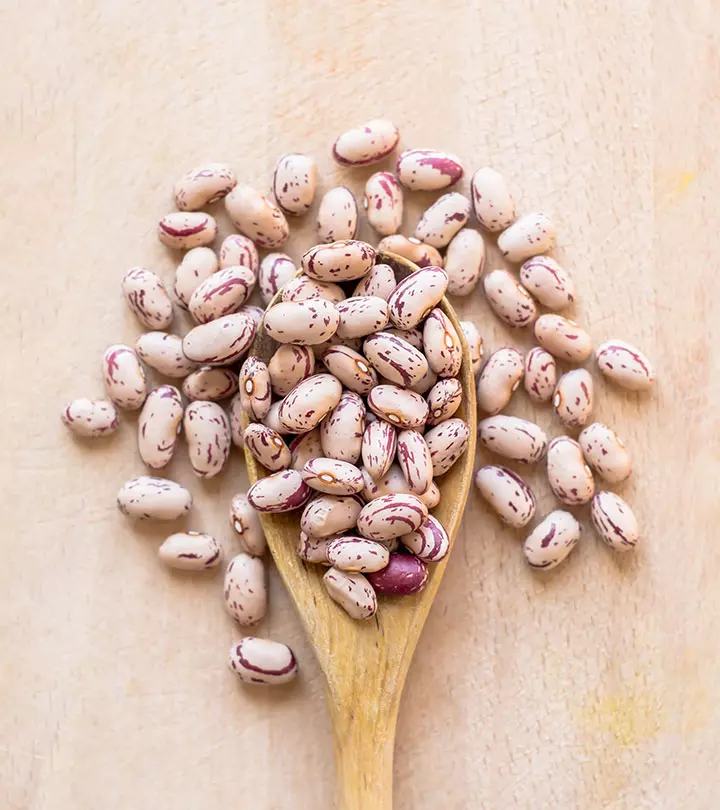

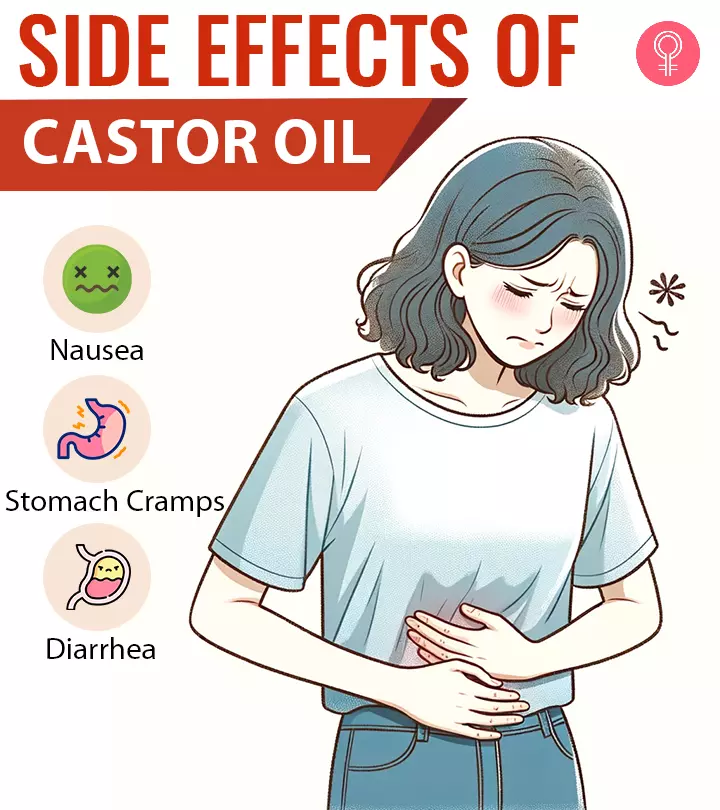
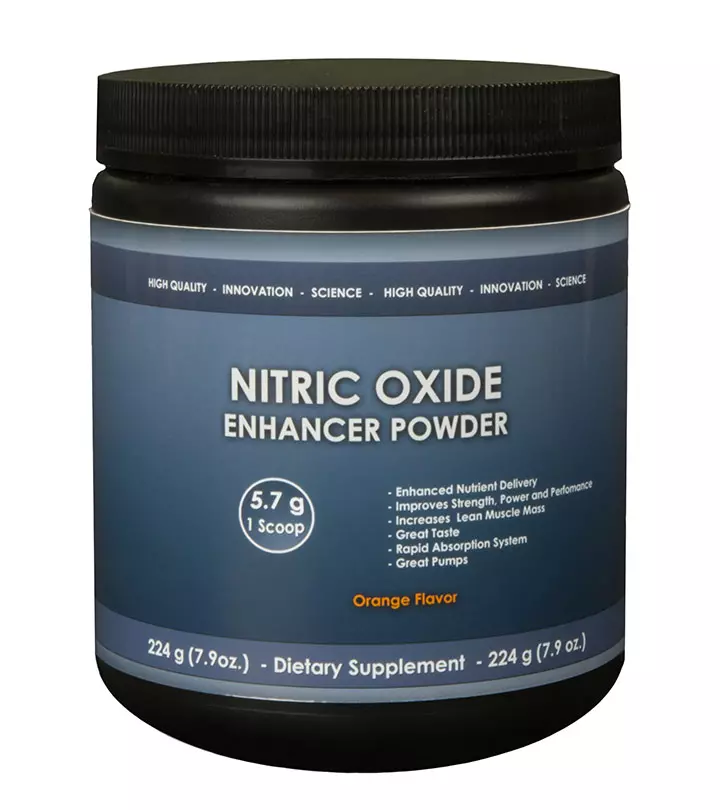
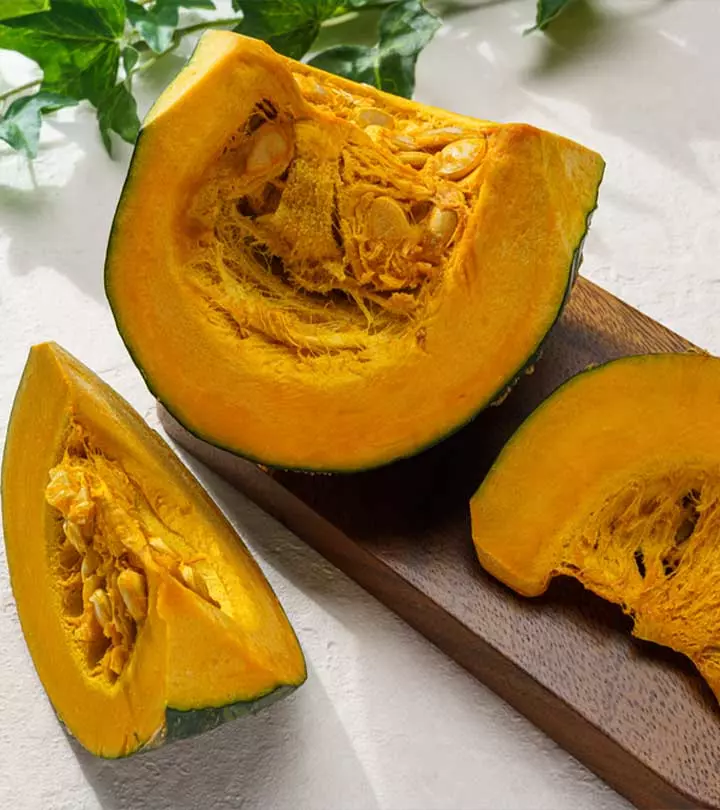
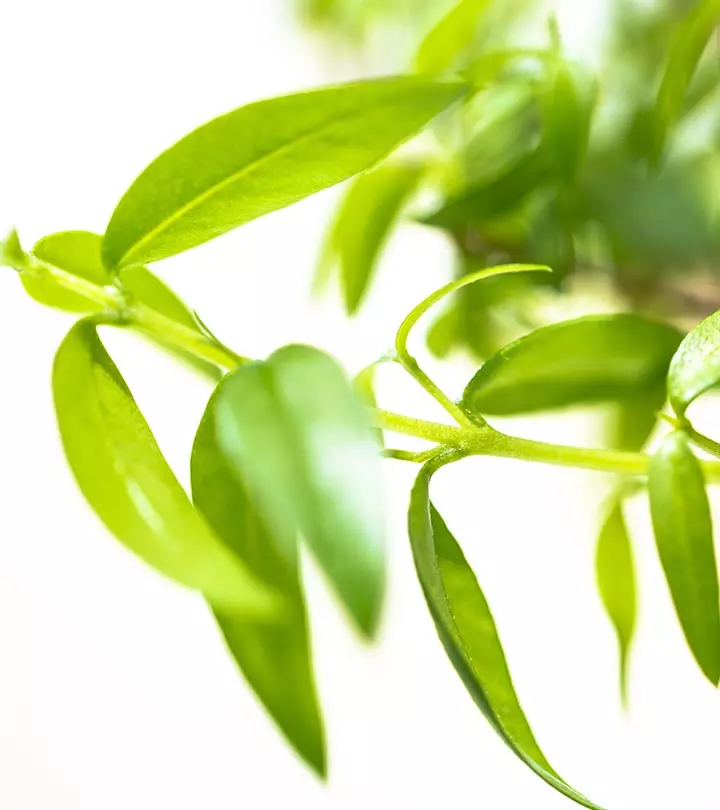
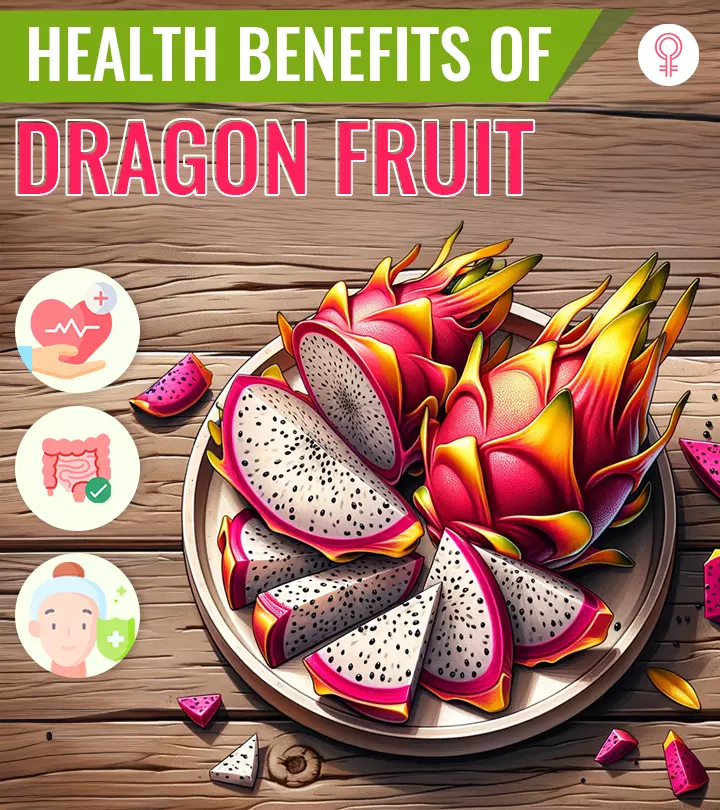
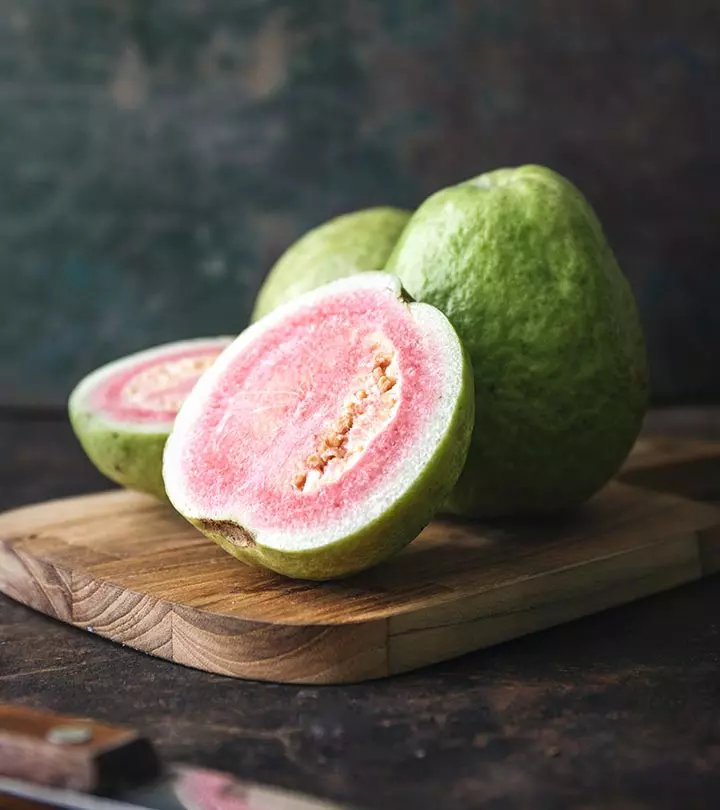
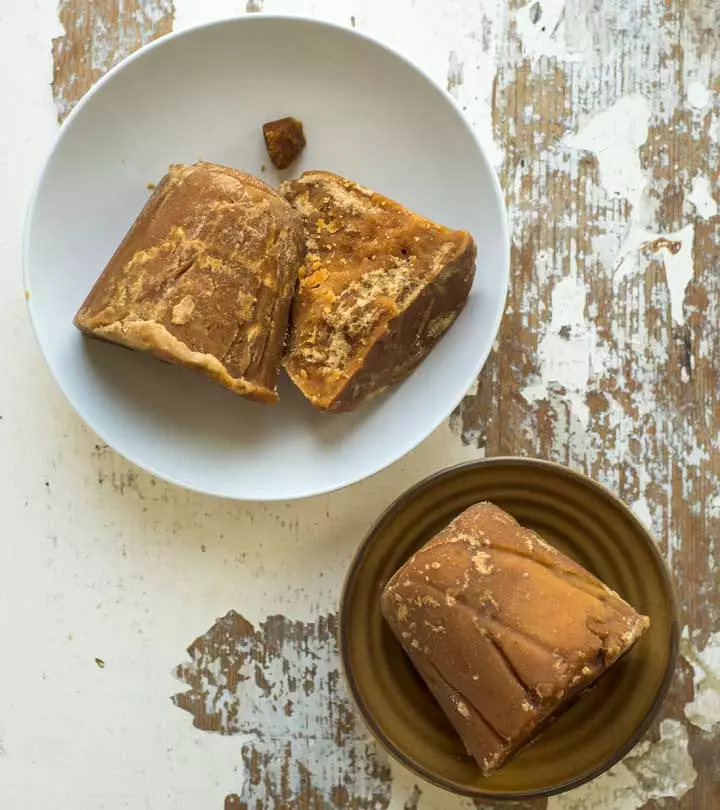
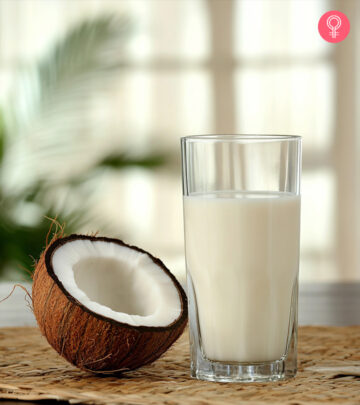
Community Experiences
Join the conversation and become a part of our empowering community! Share your stories, experiences, and insights to connect with other beauty, lifestyle, and health enthusiasts.